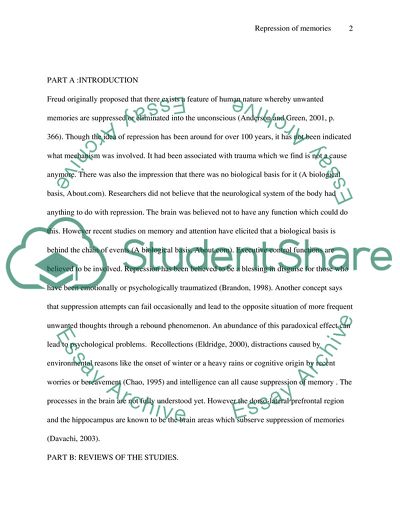Cite this document
(“Not Found (#404) - StudentShare”, n.d.)
Not Found (#404) - StudentShare. Retrieved from https://studentshare.org/psychology/1723729-psychology-human-memory
Not Found (#404) - StudentShare. Retrieved from https://studentshare.org/psychology/1723729-psychology-human-memory
(Not Found (#404) - StudentShare)
Not Found (#404) - StudentShare. https://studentshare.org/psychology/1723729-psychology-human-memory.
Not Found (#404) - StudentShare. https://studentshare.org/psychology/1723729-psychology-human-memory.
“Not Found (#404) - StudentShare”, n.d. https://studentshare.org/psychology/1723729-psychology-human-memory.


